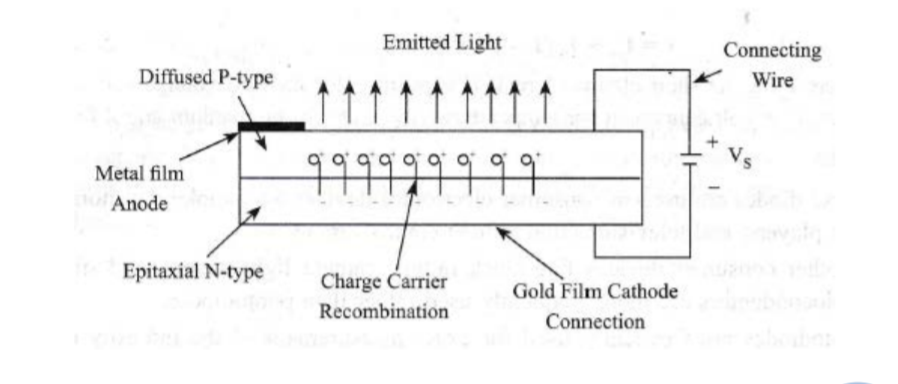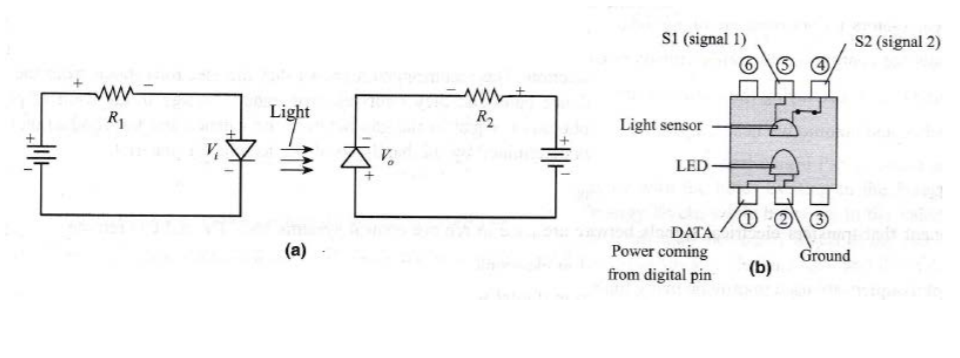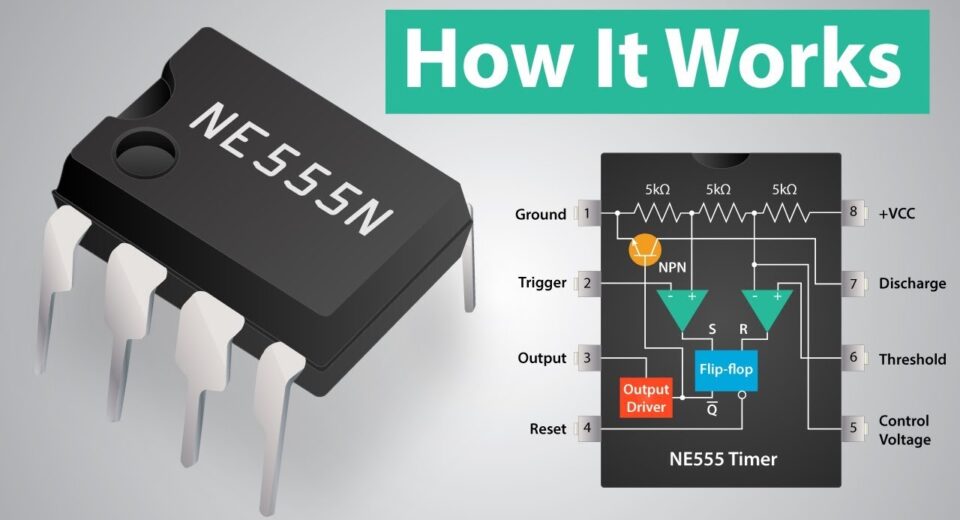Photodiodes
Photodiode is a light detector semiconductor device that converts light energy into electric current or voltage which depends upon the mode of operation.The upper cut-off wavelength of a photodiode is given by; where, 𝜆𝑐 is the cut-off wavelength in nm and 𝐸𝑔 is the band gap energy in eV. A normal p-n junction diode allows […]











